Early Winter Sleepies
Seattle University’s Office of Wellness and Health Promotion.
Though students are enthusiastic to return to campus after break, winter quarter presents a number of unique factors that can contribute to burnout and exhaustion. The lack of sunlight, stress of balancing assignments and challenges that the pandemic brought are continuing to impact student populations.
Generation Z adults are experiencing levels of fatigue significantly higher than previous generations. A report from the American Psychological Association found that 87% of Gen Z college students identified their education as a source of stress. Even though students are assuming more normalcy in day-to-day life, some continue to struggle with impacts on their physical, emotional and mental health.
Chris Fioerllo, director of wellness and health promotion at Seattle University, noted the pandemic as a contributing factor to student stress.
“We’ve been in a pandemic for so long. It’s hard to feel like there’s a way we’re getting out. I think the pandemic has become routine in our lives. It’s to the point where we have information overload. Those things are wearing on folks. Students are dealing with a myriad of complex issues all at once and it is a real challenge. I can understand why students are fatigued,” Fiorello said.
The complexity of navigating change has carried over into classrooms as well. Current university students became accustomed to isolation and academic adjustments. Kira Mauseth, an associate professor in psychology and clinical psychologist, observed that the increased student exhaustion generally associated with midterms and finals began even earlier in the quarter.
“I think part of that level of fatigue is because of the social interaction. We’re coming back to a social environment where there are equal parts of excitement and exhaustion, but we’re not as used to it.,” Mauseth said.
Additionally, Mauseth expressed that students’ ability to engage with class material was hampered by the fact that their brains are tired. While the bulk of the COVID-19 pandemic may be over, its residual impacts upon student competence will continue to resonate.
Bella Mansanarez, a fourth-year nursing major, expressed her experience with fall quarter as a readjustment period for students.
“It gets hard. Everything’s chaotic, but once I get a schedule in and everythings finalized it chills out a bit. I don’t necessarily hit a burnout stage, but two or three weeks in I definitely hit this point where my motivation drops and I slowly stop taking care of myself,” Mansanarez said.
Wellness and Health Promotion hosts events for students to attend in the hopes of combating this fatigue. Cocoa and Calm, an event to give students the space to unwind with a cup of warm hot cocoa in hand, will be held Jan. 24. Light therapy lamps can also be rented for up to 30 days for those feeling the impacts of a lack of vitamin D that the gloomy winter brings.
While the university grapples with the tension between promoting student mental health and requiring academic excellence, the president’s office has promoted TimelyCare as a psychological resource for students.
Circumstances and difficulties vary from student to student, but they experience the onset of fatigue in similar ways. Students and faculty alike hope that the Seattle U community can work together to address any challenges they face.






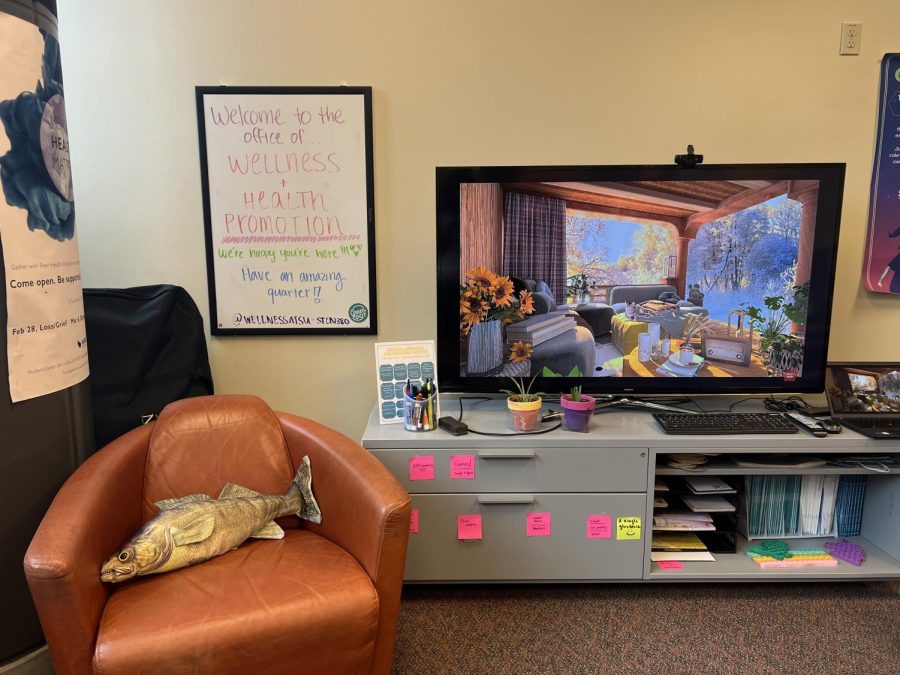
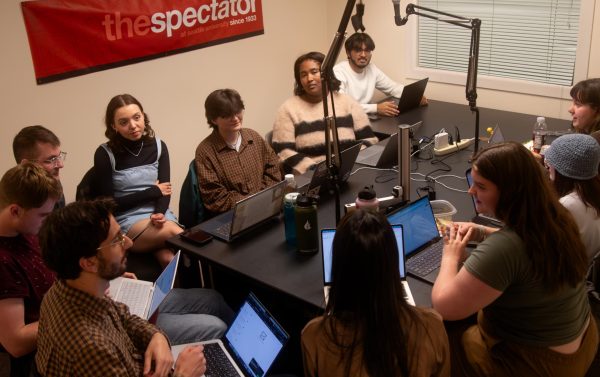

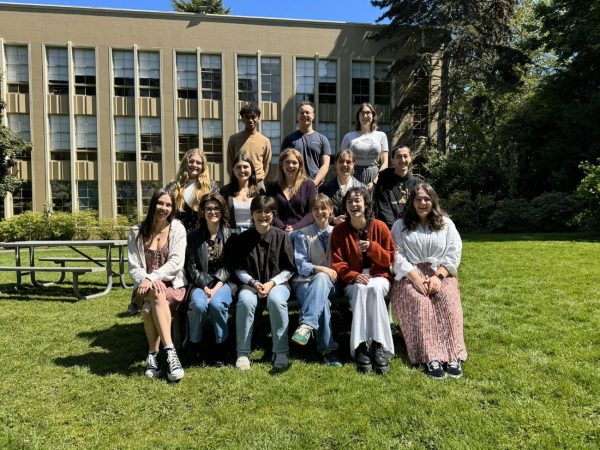
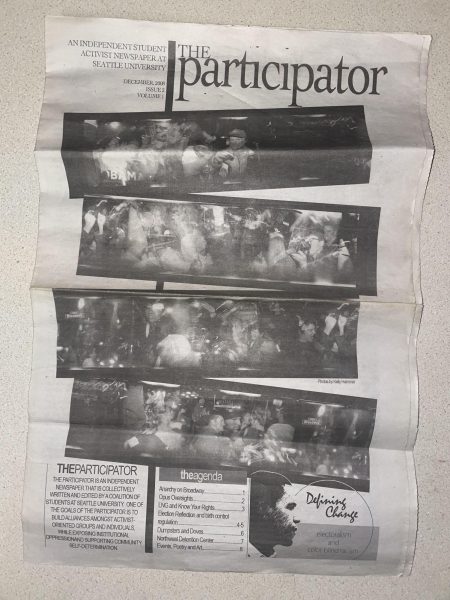
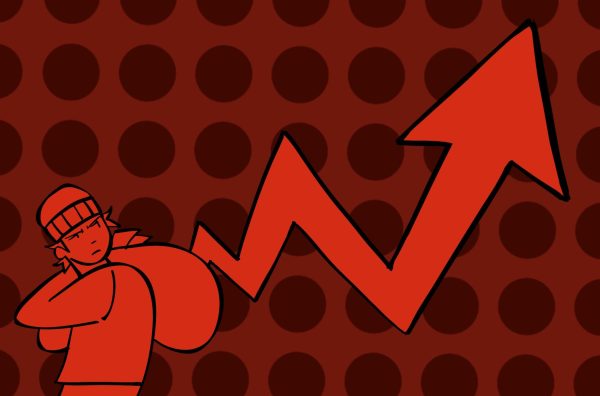
Bonnie Bunker
Jan 27, 2023 at 3:34 pm
Great article